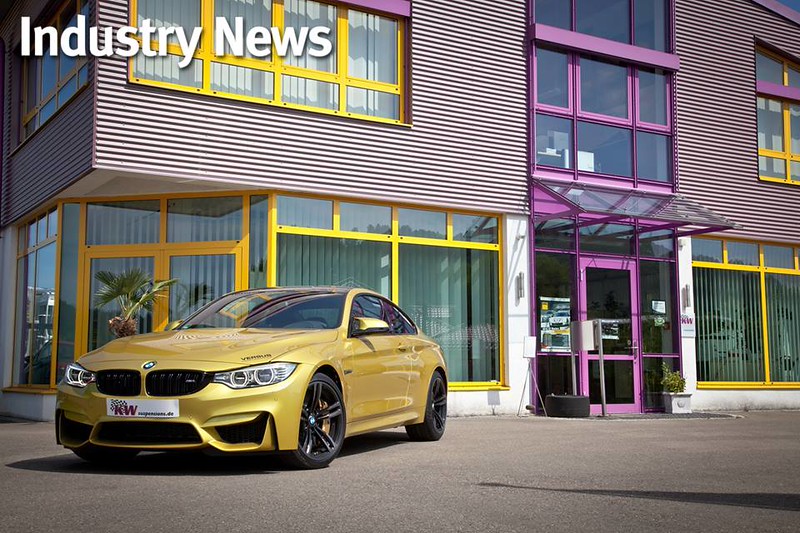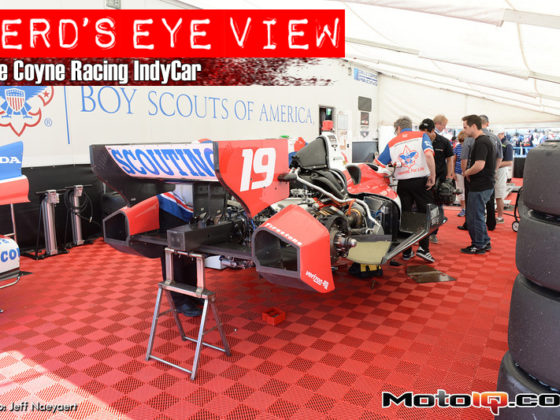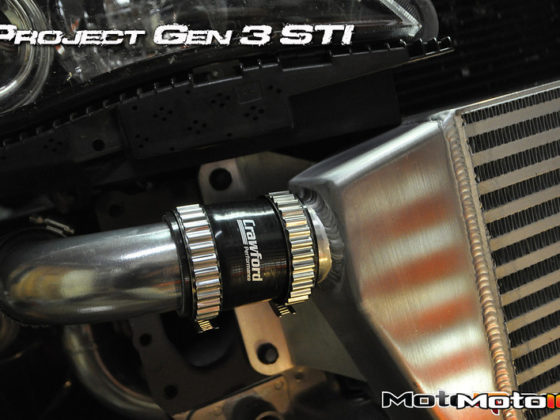,
 |
|
Integras like these are why you bother going to the Eibach meet to begin with: An engine swap and modifications that makes sense and good looks to go with it.
|
 |
|
Honda produced the third-generation Integra GS-R from 1994-2001—one of the longest-standing production runs of any vehicle without undergoing any major reconstruction. Its bumpers, headlights, taillights, and ABS system were refreshed midway through, but the same B18C1 remained in place for all eight years.
|
 |
|
A rare sight an unbattered 1990-1993 Integra like this is, especially in four-door form.
|
 |
|
Not unlike the CR-Z, Honda had hoped its del Sol would've picked up where the CRX left off. It didn't. That isn't exactly fair either. Select models were sold with the 160hp DOHC B16A2 or B16A3, one of the most coveted close-ratio B-series transmissions, and the same double-wishbone suspension found on any other Civic of its era.
|
 |
|
Nothing more than a tastefully modified CRX.
|
 |
|
Another well-preserved 1988-1991 Civic specimen.
|
 |
|
Thanks to proper engine management systems from company's like Hondata and AEM, individual throttle bodies and daily drivers can coexist. It wasn't that long ago that this would've been especially challenging.
|
 |
|
Right now, the race is on to see who can shave, tuck, and hide more underneath the hood. The number of daily driven Hondas with eliminated brake booster systems and high-pressure brake lines that've been relocated into the cabin is staggering.
|



